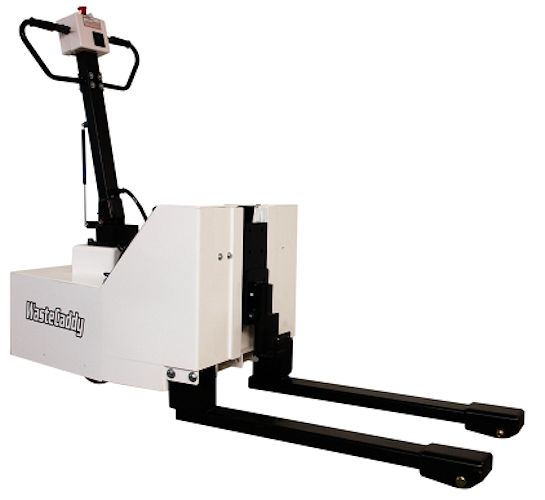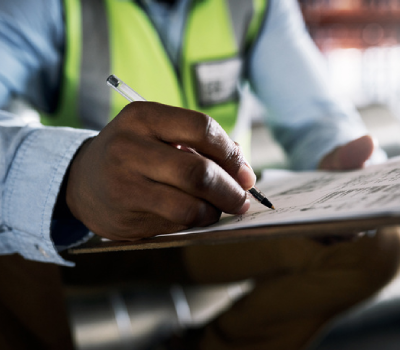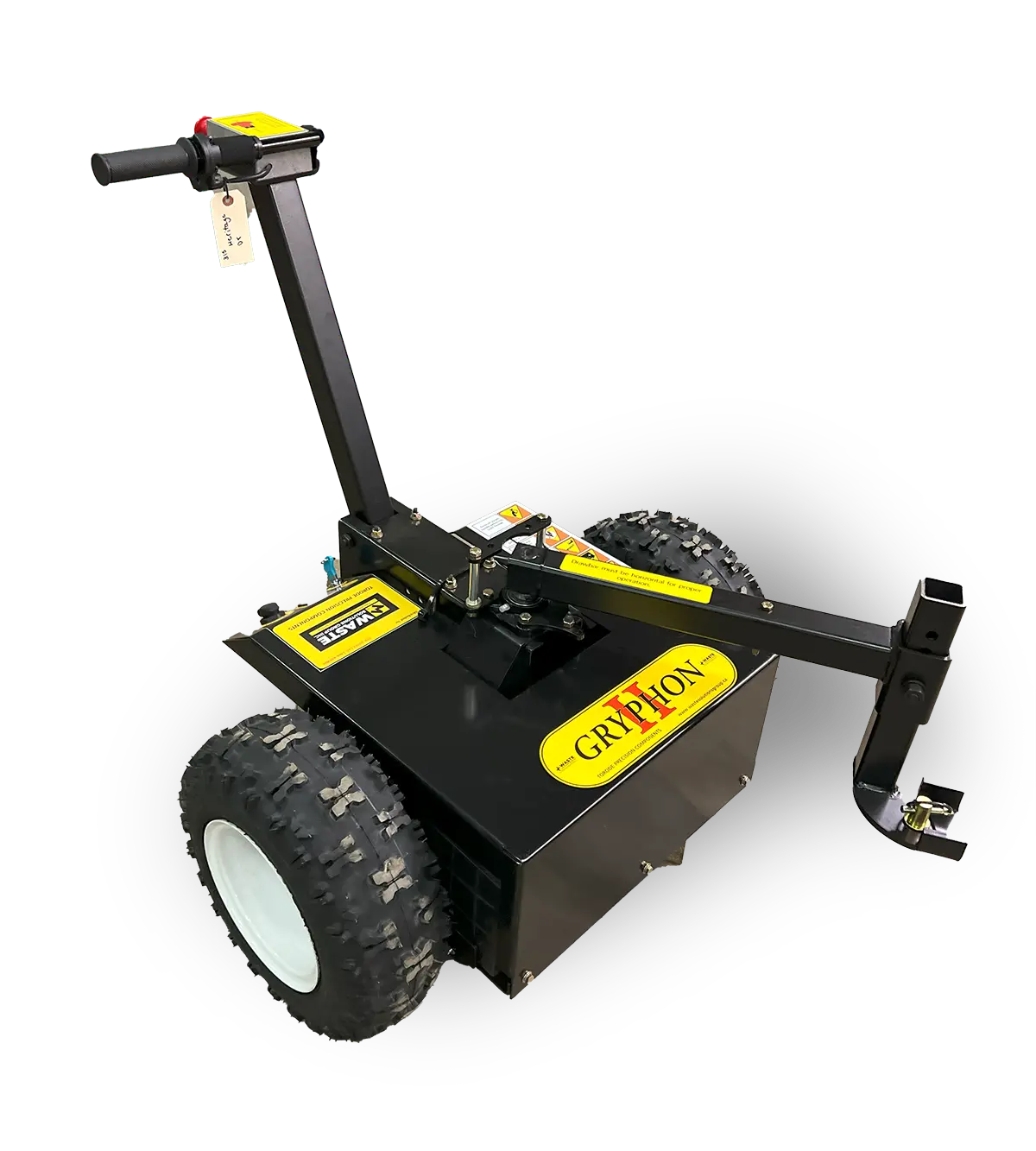Streamlining Waste Administration: Recognizing Various Sorts Of Dumpsters
In the realm of waste administration, the efficiency and performance of operations hinge considerably on the option of dumpsters used. Understanding the various types of dumpsters offered is essential for companies and organizations intending to simplify their waste management practices. From roll-off dumpsters to compactor dumpsters, each type serves a distinct purpose in handling different kinds of waste products. The option of the ideal dumpster can bring about set you back financial savings, boosted garbage disposal procedures, and minimized ecological effect. By thoroughly checking out the qualities and applications of each dumpster type, companies can optimize their waste management strategies and add to an extra lasting future.
Roll-Off Dumpsters
Roll-off dumpsters are big, open-top waste containers developed for short-term use in building and restoration tasks. These dumpsters are usually rectangle-shaped in shape and function wheels that enable them to be quickly rolled off specialized trucks and into area at work websites. The open-top layout allows construction debris, house scrap, and various other waste materials to be successfully deposited right into the container using tools like wheelbarrows or by hand.
One of the main benefits of roll-off dumpsters is their convenience. Furthermore, roll-off dumpsters come in numerous dimensions to fit various project requirements, varying from 10 to 40 cubic lawns.
Front-Load Dumpsters
Front-load dumpsters, unlike their roll-off equivalents, are developed with a top-hinged cover and are commonly utilized for continuous waste collection at commercial and commercial sites. These dumpsters are emptied by specialized vehicles equipped with pronged arms that get and empty the containers. Front-load dumpsters are excellent for businesses that generate a constant quantity of waste regular or everyday. They are offered in numerous sizes, usually varying from 2 to 8 cubic yards, enabling services to choose the capacity that best suits their garbage disposal needs.

Rear-Load Dumpsters
Rear-load dumpsters are a sort of waste container typically made use of for community and household waste collection purposes. Unlike front-load dumpsters that are cleared by a hydraulic arm at the front of the container, rear-load dumpsters are designed with hinged doors at the back. These doors allow waste collection employees to manually pack garbage into the dumpster from the back of the car.
Rear-load dumpsters are usually better for areas where space is limited or gain access to is limited because they do not require as much clearance in the front for the collection car to maneuver. They are frequently seen in residential neighborhoods, local business, and locations with slim roads.
Because of their hands-on loading nature, rear-load dumpsters are excellent for accumulating bagged or loose waste that does not require special equipment for disposal - Garbage Bin Puller. They are cleared by turning the container to clear its materials right into the rear of the waste collection vehicle. This approach is reliable for smaller sized waste collection courses and can be affordable for districts and waste management firms
Compactor Dumpsters
In my explanation waste monitoring procedures, compactor dumpsters offer a space-saving and effective choice for waste disposal compared to typical rear-load dumpsters. These dumpsters make use of a metal ram to press and condense waste products, allowing for increased waste capability within the exact same physical impact. Compactor content dumpsters are suitable for high-volume waste manufacturers such as dining establishments, resorts, and big office structures where room restrictions or regular waste removal might be a worry.
One of the key benefits of compactor dumpsters is their capacity to decrease the frequency of waste collection pick-ups. By compacting the waste, these dumpsters can hold considerably more garbage than standard dumpsters, resulting in set you back financial savings and enhanced functional effectiveness. Additionally, the compressed waste uses up less area in transportation lorries, lowering the environmental impact of transportation.
Nonetheless, it's necessary to consider the first financial investment and maintenance costs connected with compactor dumpsters. While they supply long-lasting cost savings through decreased collection frequency, organizations have to consider these benefits versus the ahead of time costs of acquiring and maintaining the compactor tools. Overall, compactor dumpsters are a valuable waste monitoring option for organizations aiming to maximize room and improve waste dealing with efficiency.
Reusing Dumpsters

Recycling dumpsters offer an eco aware remedy for setting apart and gathering recyclable materials in different setups - Bin Puller. These specialized containers are designed to promote the sorting and storage space of products such as paper, steel, glass, and plastic, making certain that they can be repurposed instead of ending up in landfills. By implementing reusing dumpsters, services, domestic facilities, colleges, and other facilities can successfully manage their waste streams while decreasing their ecological impact
One typical kind of recycling dumpster is the single-stream container, which enables users to deposit all recyclables with each other without the need for arranging. On the other hand, source-separated reusing image source dumpsters require people to divide different types of recyclables right into marked compartments within the container.
Final Thought

In verdict, recognizing the various kinds of dumpsters is important for streamlining waste monitoring procedures. Roll-off dumpsters are optimal for construction projects, front-load dumpsters are generally utilized for companies, rear-load dumpsters are suitable for household locations, compactor dumpsters are efficient for reducing waste quantity, and reusing dumpsters help promote lasting methods. By choosing the appropriate kind of dumpster for specific waste disposal requires, companies can successfully handle and minimize their environmental effect.
From roll-off dumpsters to compactor dumpsters, each kind offers an unique purpose in handling different kinds of waste products. Unlike front-load dumpsters that are emptied by a hydraulic arm at the front of the container, rear-load dumpsters are created with hinged doors at the back.In waste management procedures, compactor dumpsters supply a space-saving and efficient alternative for waste disposal compared to standard rear-load dumpsters (Waste Container Puller). By compacting the waste, these dumpsters can hold considerably much more garbage than traditional dumpsters, leading to cost savings and boosted operational performance. Roll-off dumpsters are optimal for building tasks, front-load dumpsters are commonly used for businesses, rear-load dumpsters are suitable for household areas, compactor dumpsters are effective for minimizing waste volume, and reusing dumpsters help promote sustainable methods